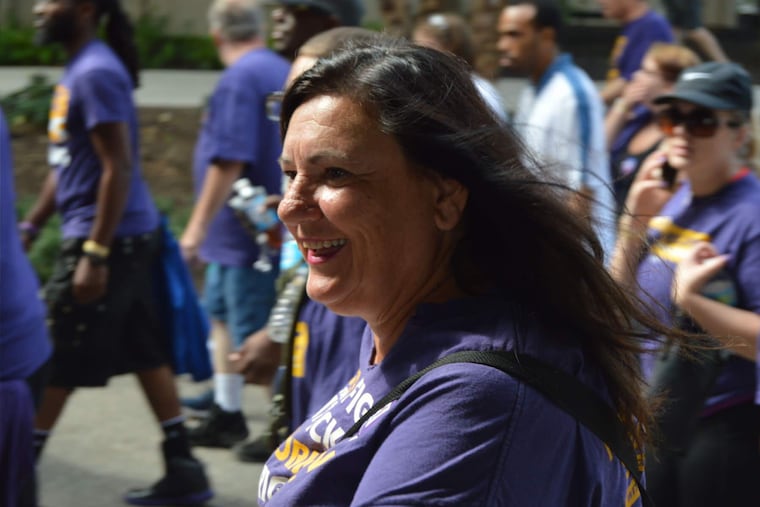Cathy Brady, the force behind the city’s labor monument in Southwest Philly, has died at 62
Brady, a "working class hero," was a towering figure in the Philadelphia labor community.

Brady, a "working class hero," was a towering figure in the Philadelphia labor community.
